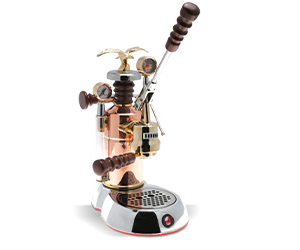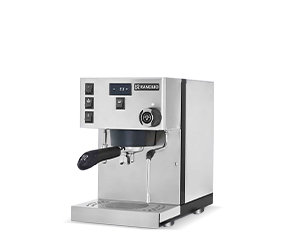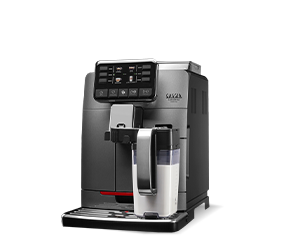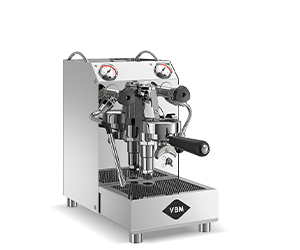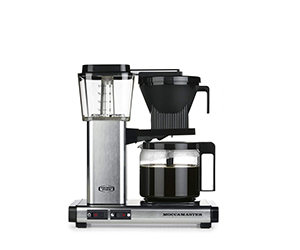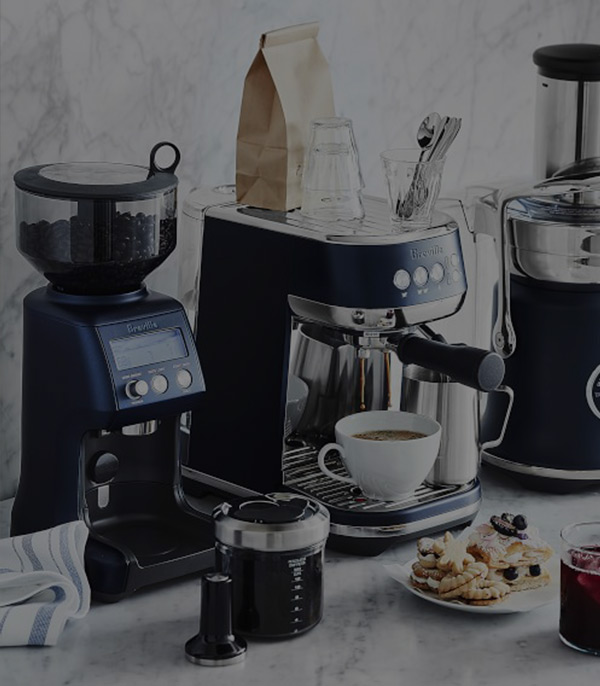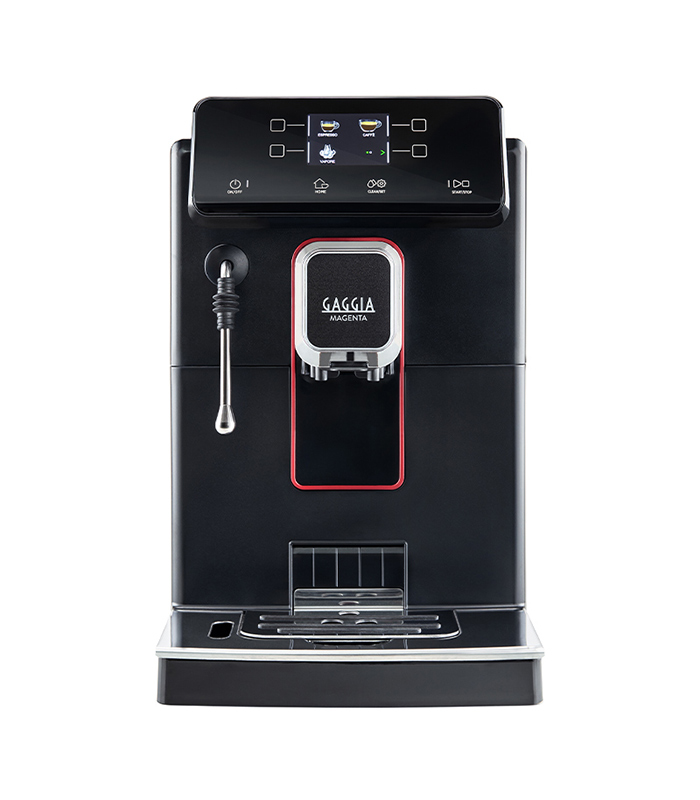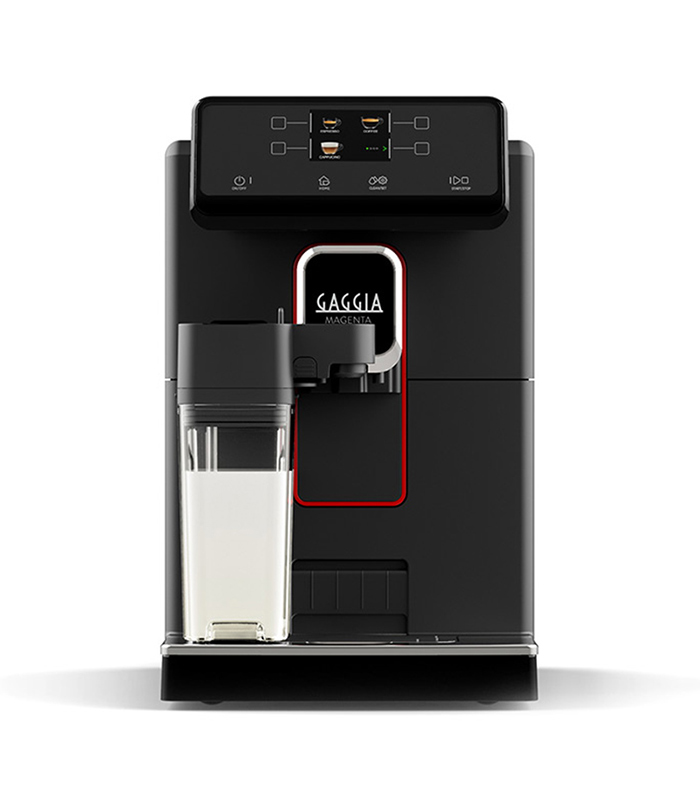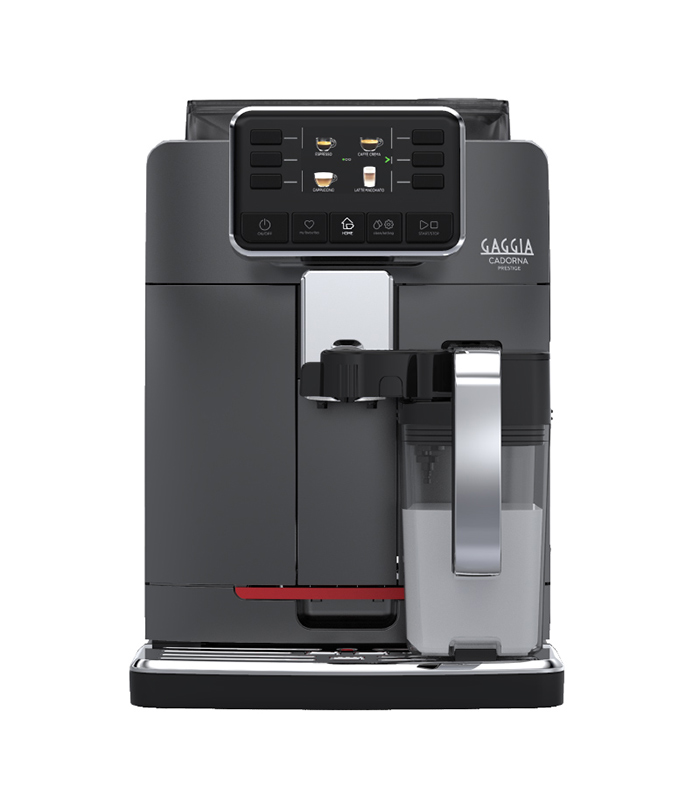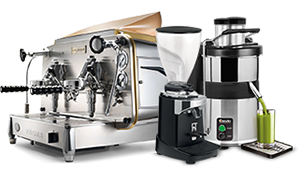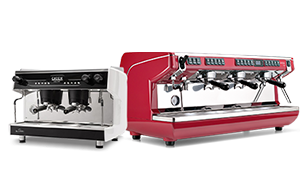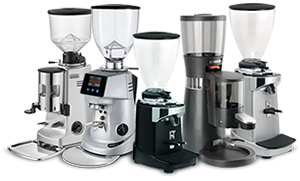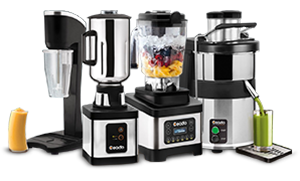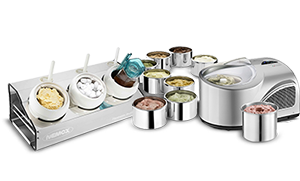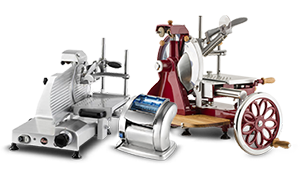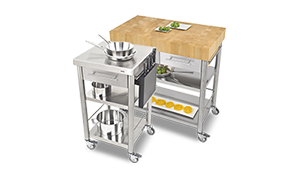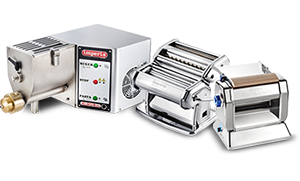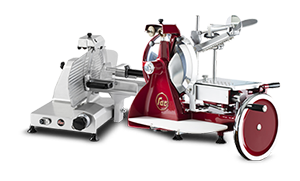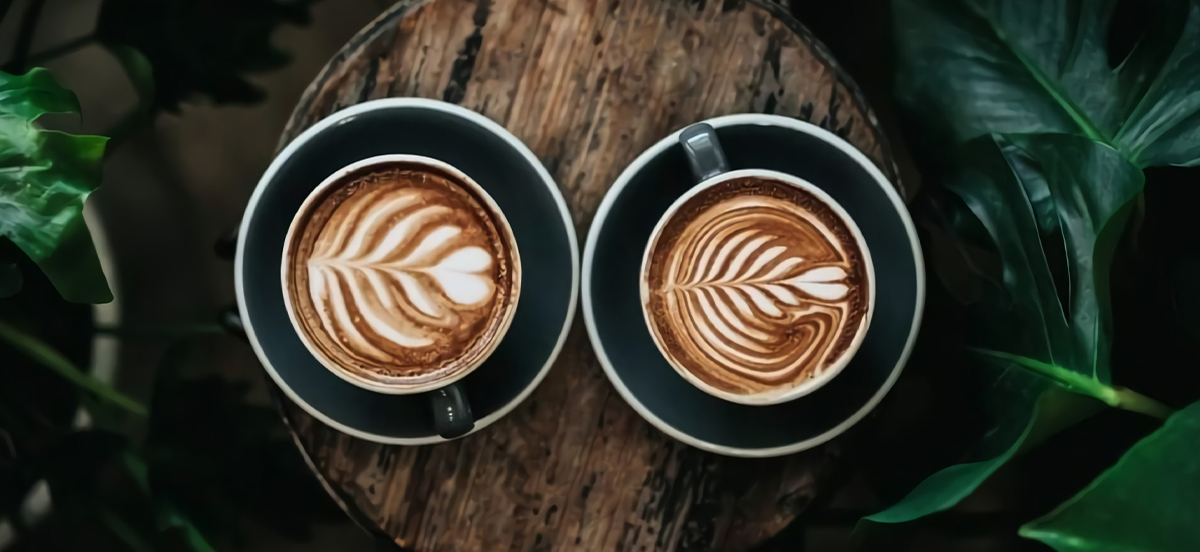The coffee industry continues to thrive, expanding from strength to strength across the world. For 2018, the global coffee industry’s value surpassed £100 billion and has been predicted to continue at a rate of 5.5 percent CAGR until 2024. Consumers are not just embracing the use of coffee as a drink or additive; they are exploring the varieties out there. According to forecasts by Adroit Market Research, the global specialty coffee market is set to surpass $83.5 billion by 2025, a staggering growth rate of 13.3 percent. Not only is coffee increasing in popularity around the globe, but experts are even citing the possible benefits of adding coffee into your diet. One look at any cafe menu or supermarket shelves and one can easily identify multiple variations of the beverage- lattes, casinos, mochas, and even coffee-infused pastries. This tells us one thing: consumers are not enjoying coffee; they are making it their own. Let’s take a look at the spin being put on a simple cup of java by countries around the world.
BRAZIL AND THE AMAZONIAN’S SOFT BLENDS
Most of the world’s coffee comes from South America. In fact, Brazil has held the place of the world’s highest coffee producer for decades. Over 27,000 square kilometers of the country are dedicated to coffee plantations and they are known for their unique approach to the coffee washing process. Termed as the dry process, Brazilian farmers tend to dry their cherries in the sun rather than washing them. The country is also also known for its domestic consumption of coffee. The result of this is a brew with soft, nutty tones and a great base for flavoured coffees and perfect for iced coffee drinks such as those now sold worldwide by companies such as Starbucks or Dunkin Donuts. In fact, Brazil happens to be one of the key coffee sources for Dunkin Donuts.
VIETNAM’S LAYERED TAKE
Over the years, the country has become a coffee giant– ranking second to Brazil. Almost 25 percent of coffee consumed in the United Kingdom comes from Vietnam. Most of the beans grown are of the Robusta variety and the taste can be quite intense. It is common to see Vietnamese drinking their coffee with a generous helping of condensed milk, egg yolk or added to fruit shakes with the drink varieties differing to pair well with the various Vietnamese dishes found in the country. Quite opposite to the simplicity of Italians, Vietnamese coffee is all about the layers of flavour.

ETHIOPIA’S INGRAINED COFFEE CULTURE
Known as the birthplace of the coffee bean, Ethiopia now relies on coffee production for about 30 percent of its exports. The flavours of Ethiopian coffee tends to be fruity and floral with a medium to light body. This is because most beans that are naturally processed (as most are in Ethiopia) are dried with fruit left on the bean, imparting their flavour. The perfect conditions of Ethiopian soil often mean that coffee farmers do not need to add agricultural chemicals or stimulants. Culturally, Ethiopians uphold traditions such as opening very important ceremonies with a coffee ceremony. This begins with the fresh roasting of the beans over an open fire after which they are ground using a pestle. The ground beans are added to a clay pot along with water. The key difference here is the longer length of brewing- the pot is brought to the boil multiple times before serving.
ITALY’S TAKE ON DESERT
In Italy, there is a strong ‘coffee culture’. While Italians certainly love a cup of java, their drinking habits and preferences couldn’t be more different. For example, one of the norms is avoiding milk-based coffee drinks such as lattes after 10 am. This does not mean they skip out on their caffeine. In fact, this has more to do with their avoidance of milk and its digestive effects after a meal or later on in the day. Therefore Italians tend to stick to espressos and simple coffee drinks. Actually, this is one of the touted rules of ordering coffee in Italy: keep it simple, according to a published article by the Guardian. The simplicity in their orders allows the coffee beans to shine which means great quality coffee is key.
Most Italians cafes or consumers opt for Arabica coffee beans which offer lower caffeine content, although some regions in the south do offer a blend of Robusta and Arabica for a stronger flavour. Therefore you can expect to find grinding wheels in many Italian cafes as grinding the beans immediately before brewing allows for maximum flavour. Italians don’t just drink their caffeine either. Many of their desserts such as the famous Tiramisu or Affogato all have coffee as a featuring ingredient.
Whether it is a simply brewed cup of coffee or as an iced beverage dressed up with flavor addition, each country and culture has its take on their perfect cup of coffee. This tells us coffee is not only here to stay but the consumers have truly made the drink their own.

